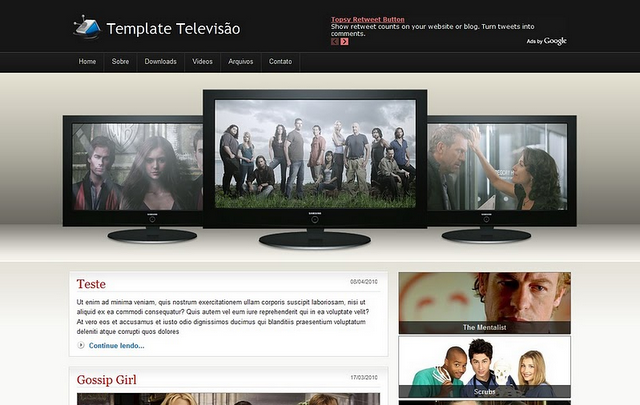“Don’t be afraid to solicit feedback,” he says, “but on the other hand, don’t cede the responsibility of initiative by asking your readers, ‘So, what would you like to see?’”
I wanted to touch on this in a little more detail, because I know that for those just starting out on their first foray into building blog products, and possibly doing reader research, the distinction can be unclear.
How Copyblogger did it
A great example of someone who relied very heavily on his audience for direction in product development was Brian Clark of Copyblogger.When we interviewed Brian for our Blog Wise ebook, he explained that he’d started the blog with no clear idea of how he’d monetize it. But all along, he knew that if he grew a strong readership, they would tell him what they wanted.
Did he ask them outright, “what do you want?” No. In our interview, Brian explains that through engaging with his readership over time, he got to know them, and what they were struggling with.
“As time went, on I realised that what I needed as a publisher and a marketer online, was what they needed,” Brian told us. So he had those products developed, and built Copyblogger Media into the successful business it is today.
Soliciting feedback
In this way, the idea of “soliciting” feedback can be a more subtle one than many first-time product developers expect.Of course, many bloggers, having talked with their audiences and struggled with the same challenges, will come up with a product idea that they then float with the readership by asking directly for feedback. I’ve done this with my readers on Twitter, Google Plus, and Facebook, and it’s always interesting and valuable.
But the point here is that you need a clear idea of what benefit or solution you’re “pitching” to your audience before you approach them. This is very important if you want the feedback to be at all representative of readers’ actual feelings or intentions with regards to your idea. We all know how easy it is to say, “Yes! I’d buy that” and then feel uninspired when we see the finished product itself.
That’s why asking for direct feedback has limited value to most bloggers. The more time you can spend, as Brian did, getting to know your readers, walking around in their shoes, fighting their fights and finding good solutions, the more closely you’ll understand the challenges they may not even realize that they face.
Once you have that deep understanding, you can devise a unique, valuable product solution that’s difficult to replicate—which is exactly what Brian’s done with his copywriting and blogging products.










